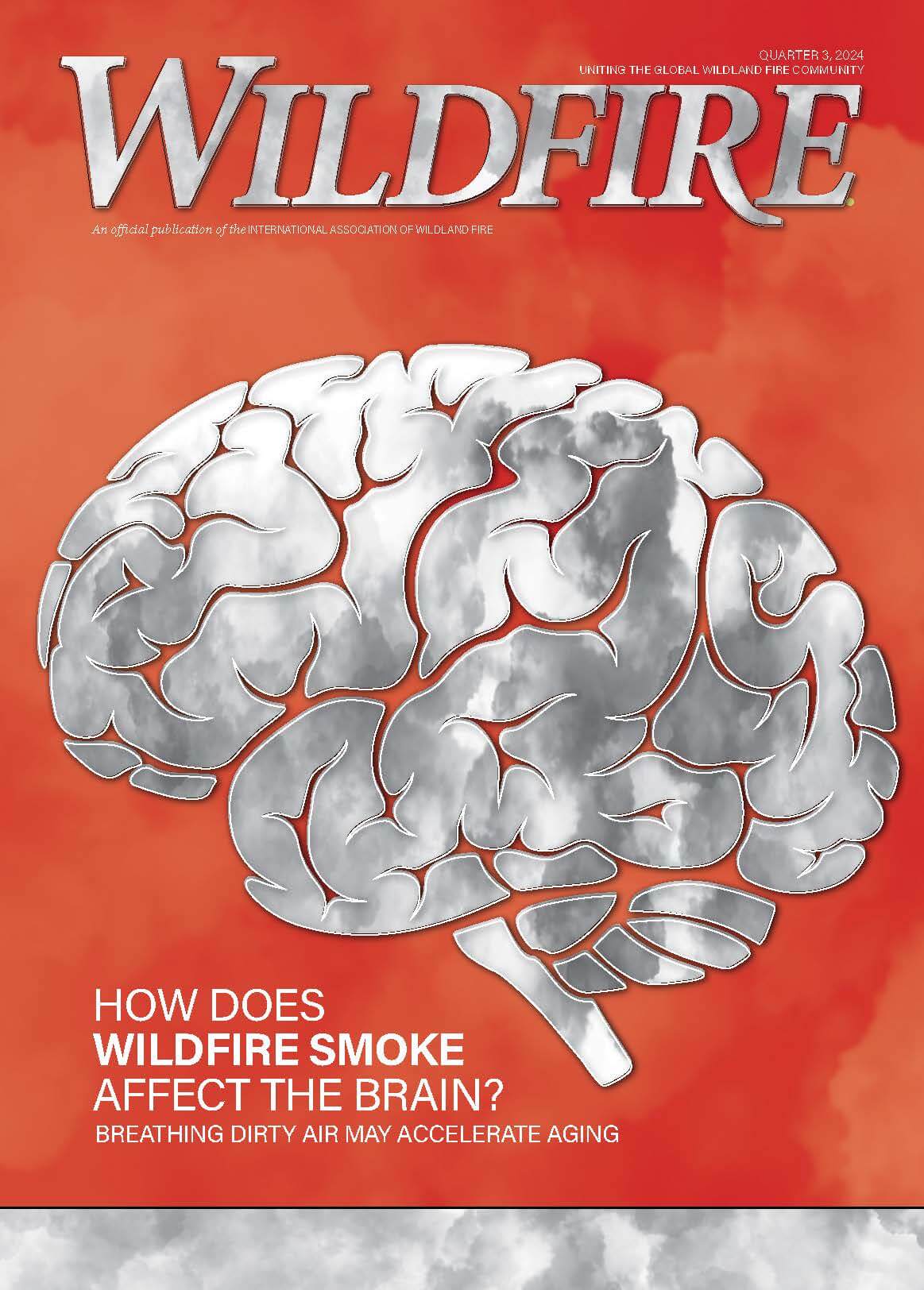LEARNING THROUGH GAMING
FORTNITE AS A TOOL FOR WILDFIRE EDUCATION
BY ANDREW VANDEN HEUVEL, RIGEL REYNOLDS, ZACHARY MEYER, AND SAMUEL NTADOM
In the summer of 2024, we launched an ambitious project to turn the popular video game Fortnite into an innovative tool for wildfire education.
Using a video game to tackle a serious issue like wildfire preparedness might seem unusual, but many game developers see great potential for building player agency and raising environmental awareness through video games.
Fortnite is a free online multiplayer game, best known for its last-player-standing Battle Royale mode. However, Fortnite also contains a creative mode, in which players can design original games using a vast library of pre-built structures, vehicles, and devices. These custom games can be published and shared with Fortnite’s 250 million-plus active monthly users. In fact, more than half of all gameplay hours in Fortnite are spent in these user-generated creative islands.



Notably, Fortnite features realistic fire that spreads dynamically between objects, destroys different materials at different rates, and can be extinguished using various liquid items. In many ways, Fortnite can act as a rudimentary fire simulator.
Fortnite Creative offers a powerful platform to create engaging wildfire education experiences and share them with a global audience.
We used Fortnite Creative to develop an interactive wildfire video game and a series of educational videos.
WILDFIRE GAME
Our first objective was to create a video game centered around wildfire prevention. In our game, Wild Fire, two teams compete to protect their side of the island from wildfires by using techniques such as clearing debris, hardening structures, and managing vegetation through prescribed burns. As fires randomly ignite across the island, players must find and extinguish hot spots to prevent damage. Teams earn points based on how well they protect their structures.
This fast-paced game teaches wildfire preparedness strategies while reinforcing the idea that everyone can help contribute to the safety of their community.
EDUCATIONAL VIDEOS
Our second approach was to create a series of educational videos in Fortnite based on CAL FIRE’s Ready, Set, Go! initiative. The goal was to demonstrate wildfire prevention and preparedness concepts such as creating defensible space, building emergency kits, and planning evacuations.
Fortnite has an integrated replay tool that allows users to capture everything that happens during a gameplay session. Afterward, players can navigate through the 3D environment using a virtual camera to view and record the action from any angle.
This feature turns Fortnite Creative into a virtual production studio, enabling players to act out scenes and then go back to film those scenes from any perspective they choose.
Video games offer a powerful way to deliver wildfire education by providing interactive, risk-free environments in which players can experiment with actions and see their consequences. While not hands-on in the traditional sense, these virtual experiences are immersive, which can build empathy, deepen understanding, and connect abstract concepts to the real world.
In Fortnite, players can experience the spread of fire, learn how to mitigate it, and understand how their actions reduce wildfire risk. These experiences bridge the gap between awareness and action, empowering players to believe they really can make a difference.
Educators and wildfire professionals can explore these resources and collaborate with us to enhance and expand their impact by visiting www.andrewvh.com/ wildfire-magazine to preview the resources.
Our thanks to Rushton Hurley at Next Vista for Learning, the authors of The Environmental Game Design Playbook and the Fortnite EDU & ArshtRock Climate Workshop facilitators for their inspiration and support.
 Andrew Vanden Heuvel is a professor of physics and astronomy who experiments with innovative approaches to science education. This work was carried out with his three research students, Rigel Reynolds, Zachary Meyer, and Samuel Ntadom, physics students at Calvin University in Grand Rapids, MI.
Andrew Vanden Heuvel is a professor of physics and astronomy who experiments with innovative approaches to science education. This work was carried out with his three research students, Rigel Reynolds, Zachary Meyer, and Samuel Ntadom, physics students at Calvin University in Grand Rapids, MI.
